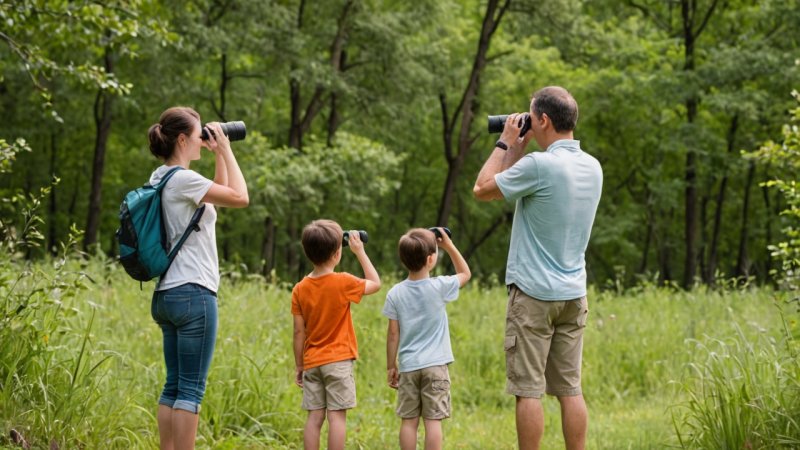Introduction
Planning a family trip to explore local wildlife can be a thrilling and educational experience. This guide will take you through the essential steps to ensure your adventure is both safe and enjoyable for every family member. You'll learn how to choose the right destination, prepare for the trip, and make the most of your wildlife encounters.
Step 1: Choose the Right Destination
Start by selecting a location known for its rich wildlife. Consider the following options:
- National Parks: Many countries have national parks that offer incredible wildlife viewing opportunities.
- Wildlife Reserves: These areas are specifically designated to protect and showcase local fauna.
- Zoos and Aquariums: While not the same as seeing wildlife in their natural habitat, they can provide valuable educational experiences.
Step 2: Research Local Wildlife
Once you have a destination in mind, delve into the local wildlife. Here’s how:
- Identify Species: Research what species are native to the area. Look for any seasonal migration patterns that might affect your visit.
- Best Times to Visit: Certain times of the year are better for wildlife viewing. For example, early mornings or late afternoons are often ideal.
- Guided Tours: Consider booking a guided wildlife tour for expert insights and better chances of sightings.
Step 3: Make a Packing List
Preparing for your trip involves packing the right gear. Include:
- Binoculars: Essential for viewing wildlife from a distance.
- Camera: Capture the memories, but be mindful of wildlife photography guidelines.
- Comfortable Clothing: Dress in layers and choose colors that blend with nature.
- Field Guides: Bring books or apps that help identify local species.
Step 4: Plan Family-Friendly Activities
To ensure everyone enjoys the trip, plan a mix of activities:
- Hiking: Choose trails suitable for children, where they can explore safely.
- Wildlife Watching: Set aside specific times for watching wildlife, perhaps at designated viewing points.
- Educational Programs: Many parks offer programs designed for families. Look for ranger-led walks or talks.
Step 5: Prepare for Safety
Safety is paramount when exploring wildlife areas. Keep these tips in mind:
- Stay on Trails: Always follow marked paths to minimize risks.
- Keep a Safe Distance: Respect wildlife and maintain a safe distance to avoid disturbing them.
- Emergency Kit: Bring a first-aid kit and know the location of the nearest medical facilities.
Step 6: Make it Educational
Enhance the experience by integrating educational elements for the kids:
- Wildlife Journals: Encourage kids to keep a journal where they can draw and note their observations.
- Discuss Conservation: Talk about the importance of wildlife conservation and what they can do to help.
- Fun Facts: Share interesting facts about the animals you encounter to make the experience more engaging.
Conclusion
Planning a family trip to explore local wildlife can create lasting memories and foster a love for nature in your children. By choosing the right destination, researching local wildlife, packing appropriately, planning family-friendly activities, ensuring safety, and making the experience educational, you will be well on your way to a successful adventure. Enjoy your wildlife exploration!






